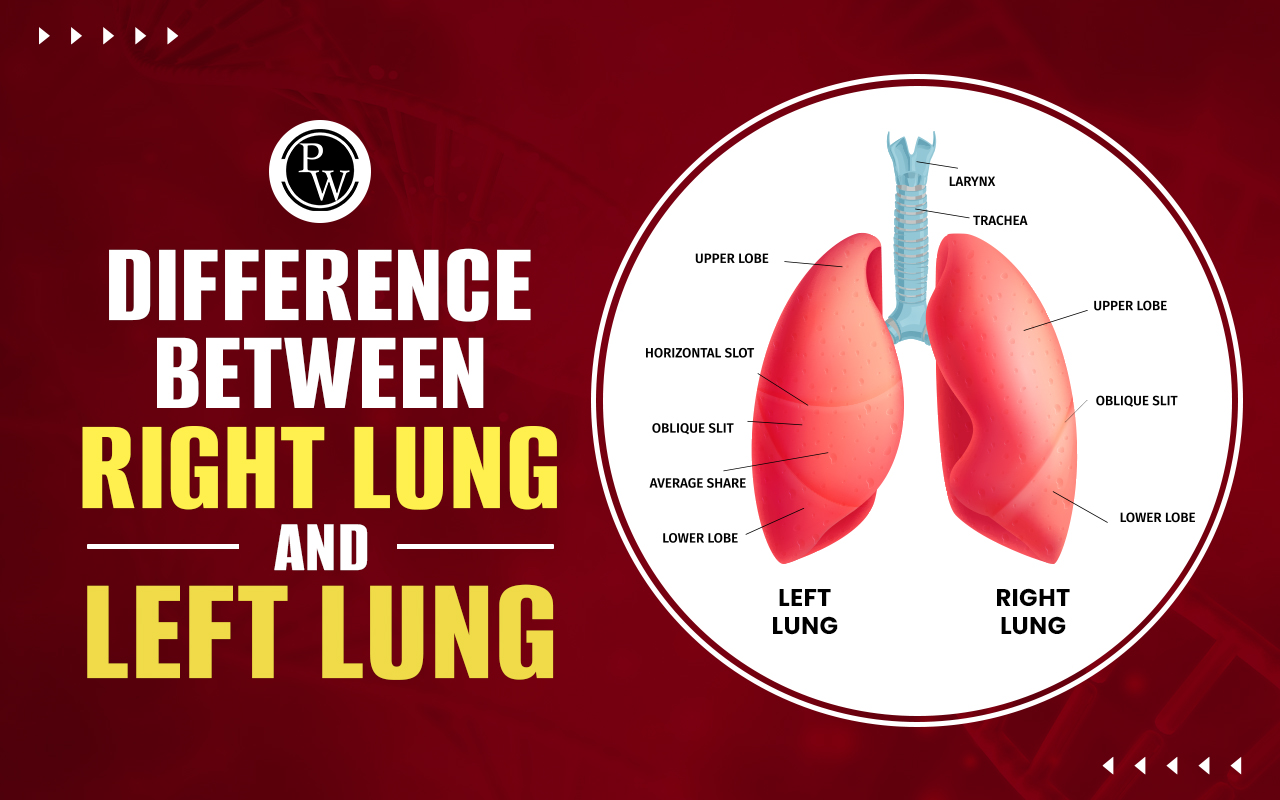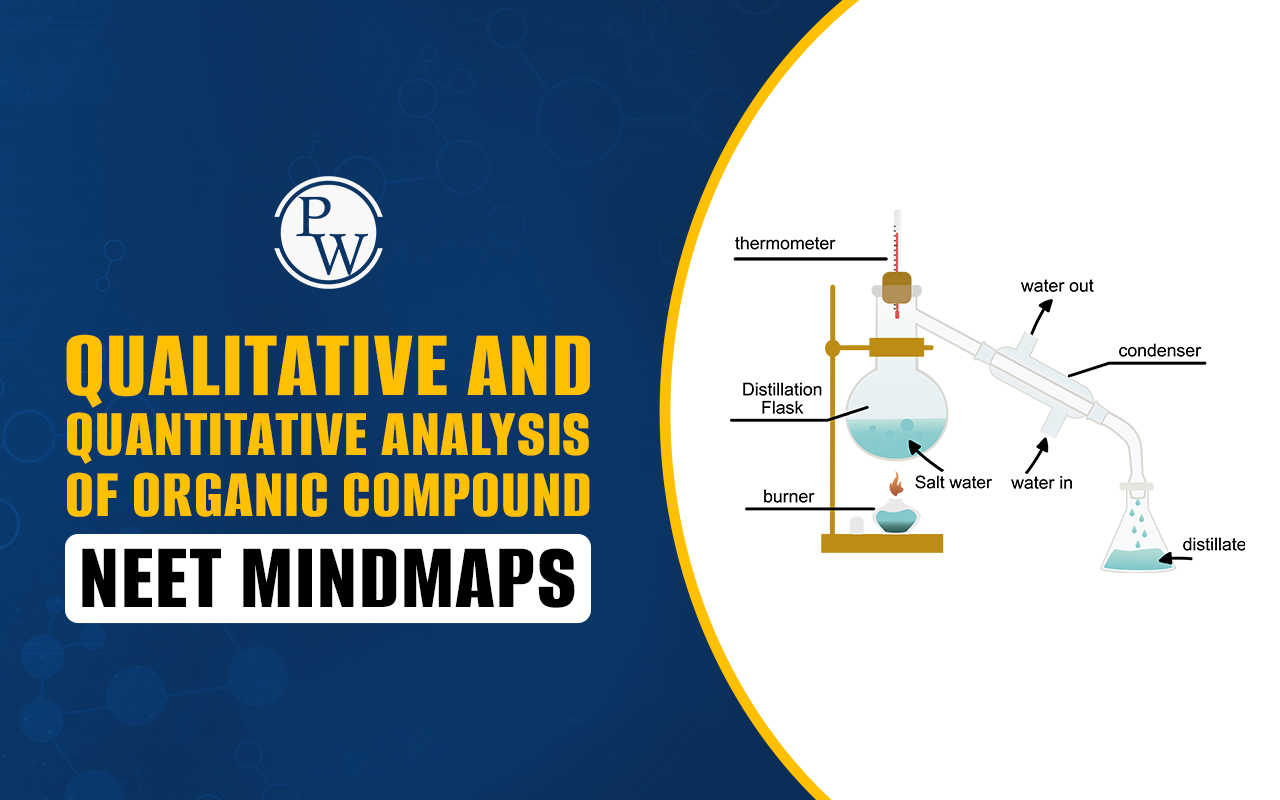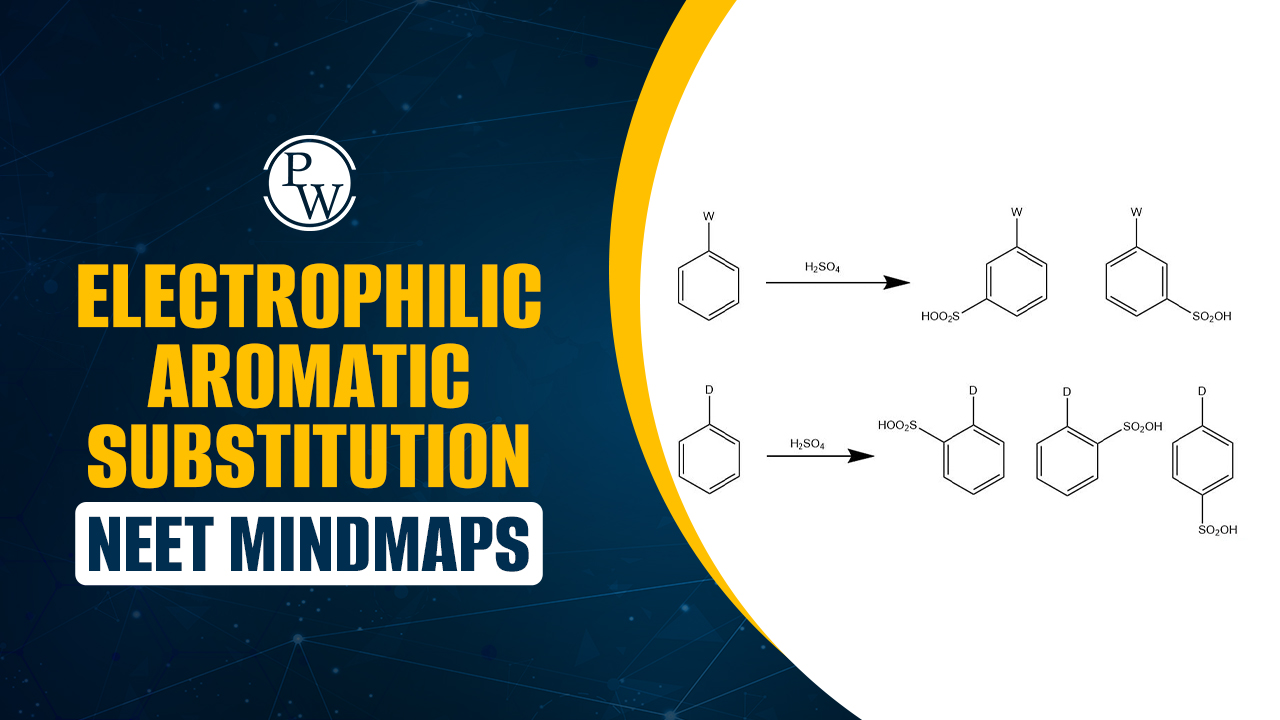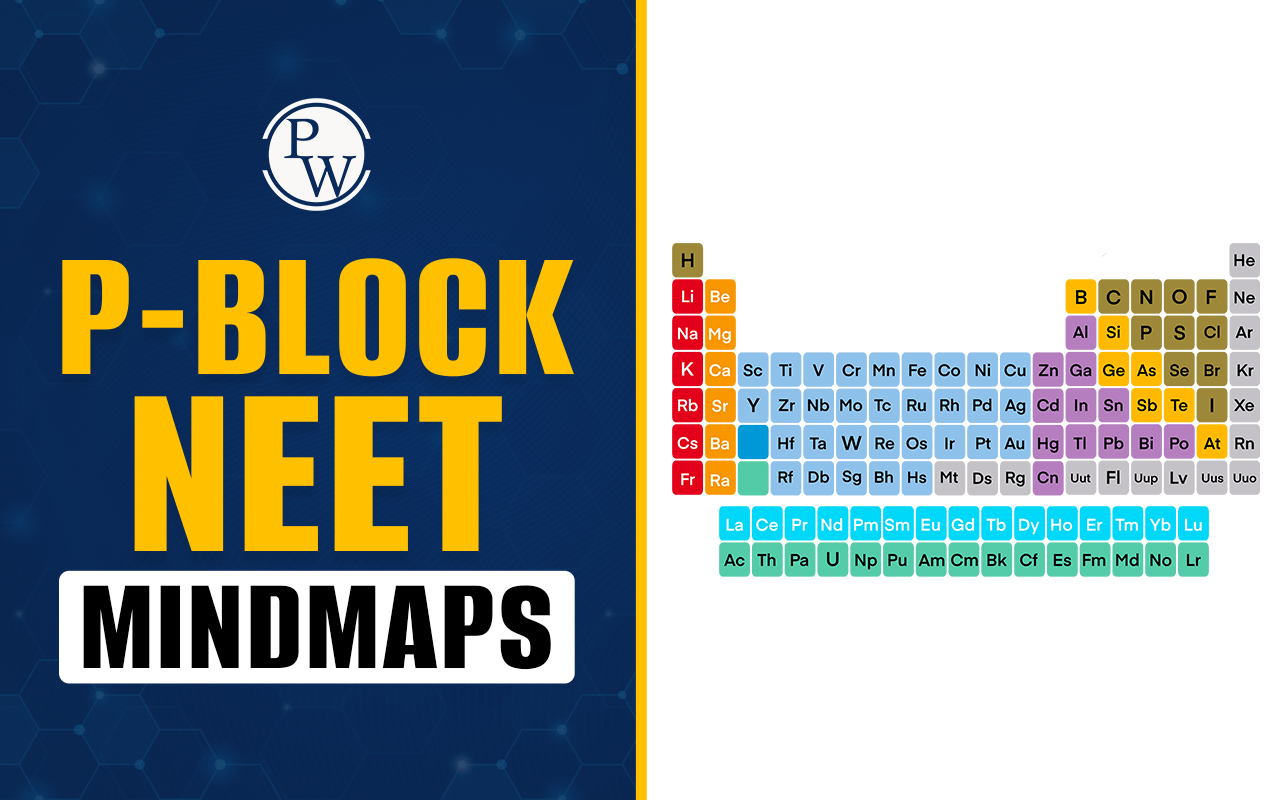

Difference Between Right and Left Lung: The respiratory system manages respiration, and the lungs are its central organs. The lungs are divided into two parts: the right and left, which have distinct characteristics. The right lung is broad and short, with a cardiac impression, whereas the left lung is elongated and located near the heart. Both lungs work together to absorb oxygen and expel carbon dioxide during the respiratory process. The following section explains the difference between right and left lung.
| NEET Biology Syllabus | NEET Biology Diagrams |
| NEET Biology MCQ | NEET Biology Chapter-wise Weightage |
| NEET Biology Notes | NEET Previous Year Question papers |
Difference Between Right and Left Lung Overview
The human body has two lungs: the left and right, both responsible for exchanging oxygen and carbon dioxide. Each lung has unique characteristics and functions. Although the primary function of the lungs is to inhale oxygen and exhale carbon dioxide, differences exist between the right and left lungs due to various factors. Situated on the left side of the heart, the left lung features a concave impression called the cardiac notch, allowing space for the heart.Difference Between Right and Left Lung
Animals' respiratory systems are divided into two parts: the right lung and the left lung, which contribute to the exchange of gases between the blood and the outside air. The right lung is noticeably narrower and shorter than its left counterpart. The lower section of the right lung houses the liver, while the front of the left lung houses the heart. The primary difference between right and left lung is their inherent structure. The difference between right and left lung are summarized in the table below:|
Difference Between Right and Left Lung |
||
|---|---|---|
| Criteria | Right Lung | Left Lung |
| Location | Positioned on the right side of the liver. | Located on the left side with a concave impression. |
| Structure | Shorter and wider. | Longer and narrower. |
| Shape | Concave. | Less concave compared to the right lung. |
| Weight | Heavier, weighing approximately 700 g. | Lighter than the right lung, weighing around 650 g. |
| Separation | Base separated from the liver by the diaphragm. | Base separated from the stomach and spleen by the diaphragm. |
| Lobes | Comprises three lobes: superior, middle, and inferior. | Comprises two lobes: superior and inferior. |
| Providing Space | Provides space for the liver. | Provides space for the heart. |
| Fissures | Has two fissures: oblique and horizontal. The oblique and horizontal fissures separate the superior and middle lobes, and middle and superior lobes, respectively. | Has only one oblique fiss |
Right Lung
The lung, located on the right side of the respiratory system, is appropriately named. It has three distinct lobes (superior, middle, and inferior) separated by horizontal and oblique fissures. The horizontal fissure distinguishes the superior from the middle lobe, whereas the oblique fissure distinguishes the inferior from the middle and superior lobes. The right lung has a larger volume and weighs more than the left lung. This lung's unique anatomy also allows for the liver, and its base has a more concave shape. One important aspect of its size difference is that it is approximately 5cm shorter than the left lung, allowing the diaphragm to rise more easily, particularly on the right side, extending over the liver.Left Lung
The left lung, located on the left side of the respiratory system, derives its name from its position. This lung contains a large concave imprint known as the cardiac notch, which surrounds the heart. The left lung is shorter and narrower than the right lung, and it is distinguished by an oblique fissure that divides the superior and inferior lobes. The heart on the left side limits the left lung to two formal lobes, one of which is Lingula. The Lingula, which resembles the middle lobe of the right lung, is a small, tongue-like extension. The left and right lungs are in opposition, with the mainstem bronchi varying in length and thickness.Difference Between Right and Left Lung FAQs
Does the left or right lung have a larger volume?
The lungs serve as vital organs in the respiratory system and are divided into lobes. The right lung, with three lobes, is slightly larger than the left lung, which has two lobes. The mediastinum separates the two lungs.
What are the components of the bronchi?
The bronchi consist of two primary parts: the right main bronchus, a short and wide air passageway leading to the right lung, and the left main bronchus, a narrow and long passageway leading to the left lung.
What is the difference between right and left lung?
The right and left lungs vary in size and shape to accommodate adjacent organs within the thoracic region. The right lung, housing three lobes, is shorter due to the presence of the liver beneath it. In contrast, the left lung, with two lobes, is longer and narrower.
What are the functions of the left and right lungs?
Each lung is divided into lobes (two in the left lung and three in the right), resembling balloons filled with sponge-like tissue. Despite differences in lobes, they share a common function: facilitating the entry of oxygen into the bloodstream and the removal of carbon dioxide.
Which lung is larger overall?
Humans possess two lungs—one on the left and one on the right—within the thoracic cavity. The right lung is larger and heavier than the left, with the latter sharing space in the chest with the heart. Combined, the lungs weigh approximately 1.3 kilograms (2.9 pounds).
🔥 Trending Blogs
Talk to a counsellorHave doubts? Our support team will be happy to assist you!

Free Learning Resources
PW Books
Notes (Class 10-12)
PW Study Materials
Notes (Class 6-9)
Ncert Solutions
Govt Exams
Class 6th to 12th Online Courses
Govt Job Exams Courses
UPSC Coaching
Defence Exam Coaching
Gate Exam Coaching
Other Exams
Know about Physics Wallah
Physics Wallah is an Indian edtech platform that provides accessible & comprehensive learning experiences to students from Class 6th to postgraduate level. We also provide extensive NCERT solutions, sample paper, NEET, JEE Mains, BITSAT previous year papers & more such resources to students. Physics Wallah also caters to over 3.5 million registered students and over 78 lakh+ Youtube subscribers with 4.8 rating on its app.
We Stand Out because
We provide students with intensive courses with India’s qualified & experienced faculties & mentors. PW strives to make the learning experience comprehensive and accessible for students of all sections of society. We believe in empowering every single student who couldn't dream of a good career in engineering and medical field earlier.
Our Key Focus Areas
Physics Wallah's main focus is to make the learning experience as economical as possible for all students. With our affordable courses like Lakshya, Udaan and Arjuna and many others, we have been able to provide a platform for lakhs of aspirants. From providing Chemistry, Maths, Physics formula to giving e-books of eminent authors like RD Sharma, RS Aggarwal and Lakhmir Singh, PW focuses on every single student's need for preparation.
What Makes Us Different
Physics Wallah strives to develop a comprehensive pedagogical structure for students, where they get a state-of-the-art learning experience with study material and resources. Apart from catering students preparing for JEE Mains and NEET, PW also provides study material for each state board like Uttar Pradesh, Bihar, and others
Copyright © 2025 Physicswallah Limited All rights reserved.











